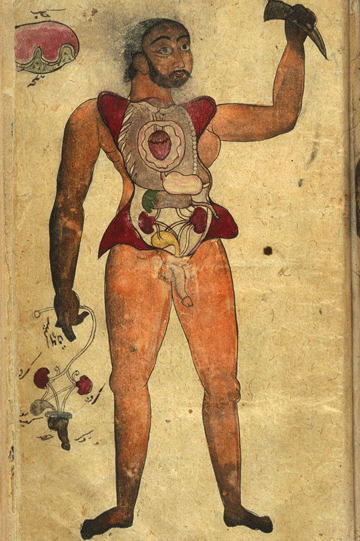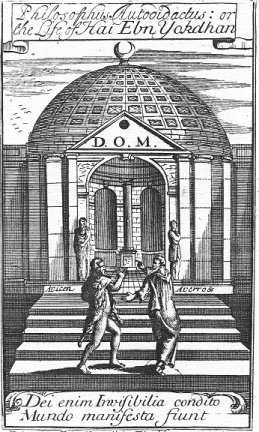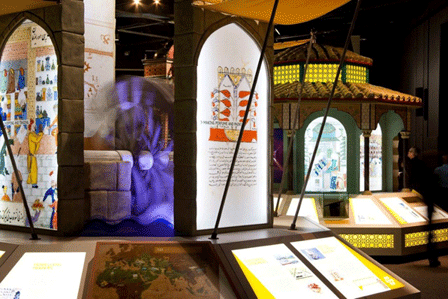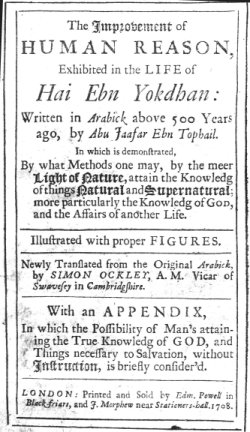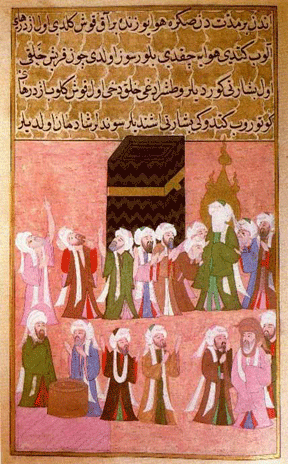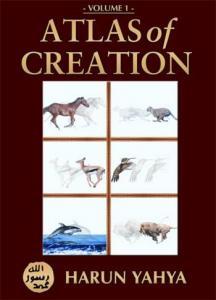
Islam, Science and Concerns About Creationism in the Classroom
by Jalees Rehman, Assistant Professor of Medicine, University of Chicago, The Huffington Post, January 3, 2011
I have often been asked why we scientists are so resistant to introducing ideas such as “creation science” in the biology classroom. My first reaction is to say that these ideas are not really scientific and therefore do not belong in a biology class, and I would be similarly opposed to teaching lacrosse rules or musical “song and dance” routines in a biology class. I have also realized that one of my key concerns is the harm that teaching creationist ideas in a biology classroom can do to the development of scientific thought in schoolchildren. I will first briefly illustrate some aspects of scientific work in biology, and then I will use a specific example from recent Muslim creationist literature to show how it can be potentially detrimental for students who want to develop rigorous scientific thought. For the purpose of brevity, I will use the all-encompassing term “creationism” to describe beliefs based on religious scriptures about the development of life on earth. An in-depth discussion of the different types of creationism can be found in the excellent overview by Ronald Numbers entitled “The Creationists: From Scientific Creationism to Intelligent Design”. Continue reading Islam, Science and Creationism
